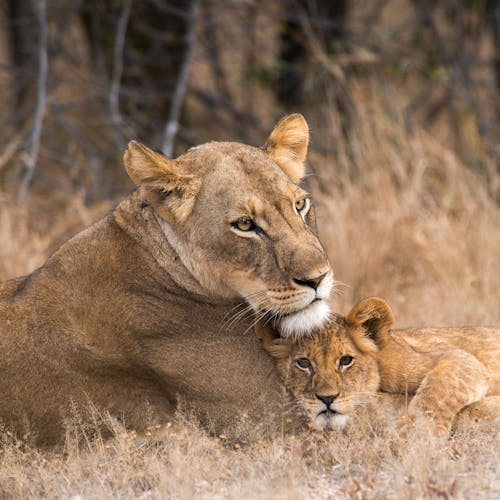Introduction
I am a wildlife biologist who has worked for 25 years in northern Botswana, mostly in and around the Okavango Delta. My focus has been on counting large carnivores, especially lions. Sharing a passion for carnivores and photography, I have been privileged to spend more time with lions than most people have.
If you’re going on a once-in-a-lifetime safari, you don’t want to miss out on key photographic opportunities. The advantages that professional wildlife photographers have over a first-time visitor are local knowledge and an understanding of the animals. Knowing where to find animals and when they are going to do something improves your chances of getting that special photo. A good guide will go a long way in providing the local knowledge. I hope this will also help you with some basic understanding of lions so as not to miss that perfect shot!
People associate lions with the African savannah, but they can be found from the deserts to the edge of tropical forests, and everything in between. Lions are social cats, living in pride of related females and their offspring. Prides frequently spend time apart in sub-groups.
New males will take over as pride males from time to time. One to three males usually make up a coalition of pride males. The males are dominant over the females and aggression is a normal part of lion social interaction.









